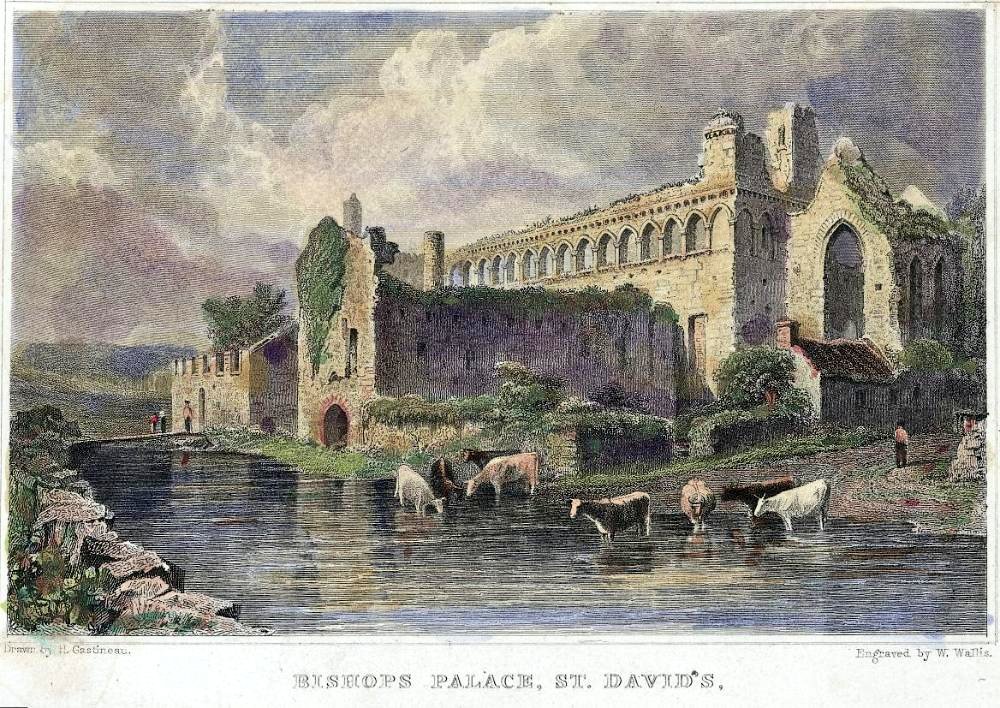Carrying on from yesterday's thread, here is a few more things to keep your eye out for when you visit Exeter Cathedral, such as the 3-arched pulpitum, completed in 1324. It was built as a barrier and to limit the view of the choir and east end of the church. 1/6 

For the cat lovers there is a door in the N transept/tower which has a round hole in to allow a cat to roam around as a nemesis to rats and mice. Obviously, there wasn't an endless supply as in the 15C a penny a week was provided to feed the cat. #CatsOnTwitter 2/6 

The astronomical clock, made in 1484, has the sun (Fleur-de-lis) & moon (an orb that changes between silver & black with the lunar phase) revolving around the earth (central gold orb). The Roman Numerals are the hours of the day, the Arabic numbers are days of the lunar month.3/6 

There are many tombs of note within the cathedral. For those who like the gruesome, this is a cadaver tomb. This type of effigy was made as a reminder of fragility & short-term nature of the mortal life & the importance of preparing for the afterlife. #Momentomorimonday 4/6 

This effigy is Dorothy, Lady Dodderidge (d.1614) wearing a sumptuous dress with detailed paintwork to replicate the fabric design. The skull, which she is reclining on, like the previous effigy is a reminder of death. #Momentomorimonday 5/6 



We are all used to war memorials for soldiers who died in action. This one, made by Marochetti, is from 1860 for the 9th Queens Royal Lancers who were killed in action, but also died 'from the effects of climate'. The names are flanked by two bronze lancers and palm trees. 6/6 



• • •
Missing some Tweet in this thread? You can try to
force a refresh






















